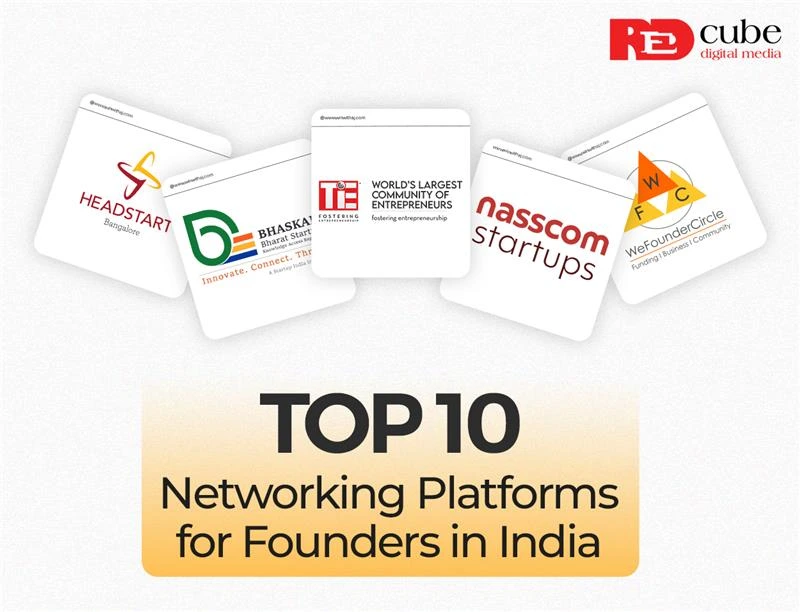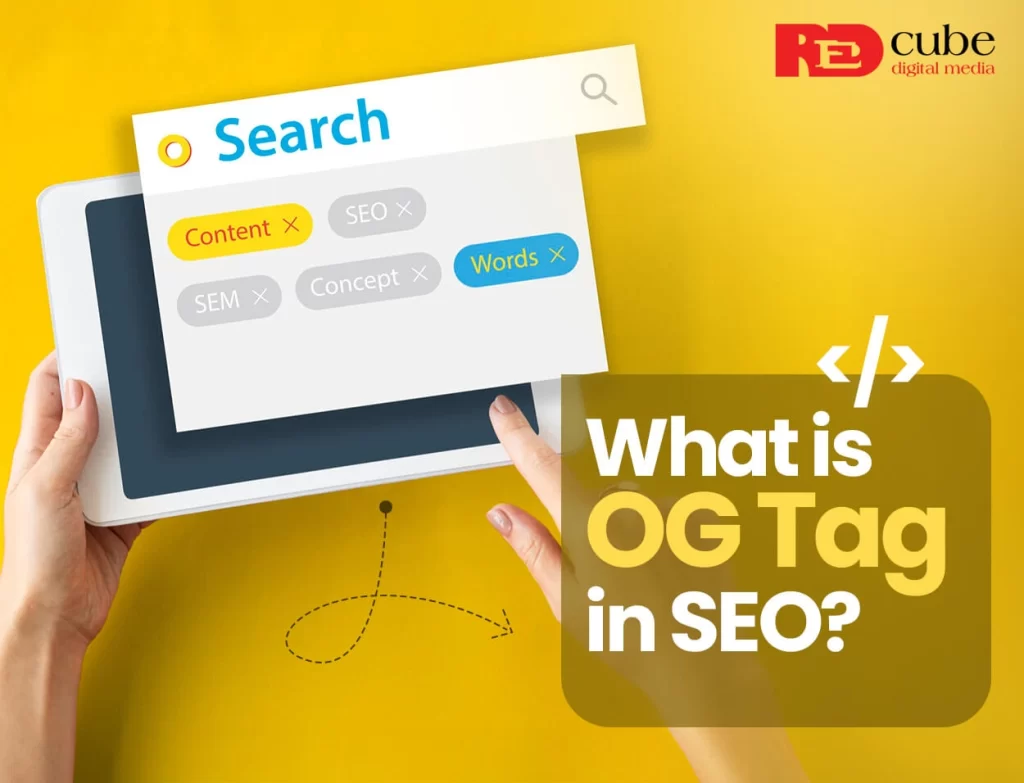Artificial Intelligence (AI) isn’t just a tech buzzword anymore, it’s a reality that’s quietly changing the way businesses connect with their customers. Ever thought why certain marketing campaigns resonate deeply, while yours fall flat despite your best efforts?
Or perhaps you’ve been puzzled by competitors who always seem to be one step ahead in understanding customer behavior. The secret sauce they’re using is probably AI, and you might be missing out on its full potential.
If you’re an Indian business owner aiming to boost engagement, conversions, and loyalty, it’s time to ask yourself: Am I really leveraging AI effectively, or am I overlooking its hidden advantages? Let’s dive into nine powerful AI marketing secrets that can transform your strategy and results.
1. Hyper-Personalization with Predictive Analytics
Predictive analytics identifies future customer actions based on past behavior. It enables businesses to create deeply personalized marketing strategies.
How to use it:
- Integrate AI tools like Adobe Analytics, Salesforce Einstein, or IBM Watson.
- Feed them with historical customer data—like past purchases, time spent on pages, or cart abandonment.
- Use this insight to recommend products, send targeted emails, or retarget ads.
Example:
Amazon’s recommendation engine contributes to over 35% of its revenue by analyzing user behavior to personalize shopping experiences (source: McKinsey). Netflix follows a similar model to enhance user retention by suggesting tailored content.
2. Content Optimization via Natural Language Processing (NLP)
NLP allows machines to understand and replicate human language. It enhances SEO, readability, and user intent targeting.
How to use it:
- Integrate AI tools like Adobe Analytics, Salesforce Einstein, or IBM Watson.
- Optimize for readability, sentiment, and semantic keyword usage.
- Use topic clustering to ensure comprehensive content coverage.
Example:
HubSpot revamped old blog posts using NLP-based tools, leading to better readability and higher SERP positions. BuzzFeed reported a 45% boost in organic visibility by applying NLP for keyword targeting (source: SEMrush case studies).
3. Voice Search Optimization (VSO)
Voice search is growing rapidly, especially among mobile-first users in India. VSO ensures your content is discoverable via conversational queries.
How to use it:
- Identify long-tail, question-based queries using tools like AnswerThePublic.
- Add an FAQ section using structured data.
- Focus on natural language and local search terms.
Example:
Domino’s Pizza implemented voice ordering through Alexa, making ordering faster and more accessible for its customers. 71% of consumers prefer voice search for queries over typing (source: PwC).
4. AI-Enhanced Visual Content Creation
AI-powered tools help marketers produce custom graphics, videos, and presentations quickly and cost-effectively.
How to use it:
- Use Canva AI, Lumen5, or RunwayML to generate visuals based on scripts or templates.
- Automate social content with visual variations tailored to each platform.
Example:
Coca-Cola used AI to generate creative visuals for social campaigns, which significantly increased user interaction and brand visibility. Brands using AI visuals see 30–40% better engagement rates (source: Adobe).
5. AI-Powered Chatbots for Customer Service
AI chatbots resolve queries instantly, learn from interactions, and scale support without growing your team.
How to use it:
- Deploy Drift, Intercom, or Freshchat on your website.
- Program them with answers to frequent queries, refund policies, and lead qualification flows.
Example:
HDFC Bank’s EVA chatbot processes over 100,000 queries daily, helping reduce customer support workload and increase satisfaction. 64% of internet users say 24/7 chatbot service is its best feature (source: Tidio).
6. AI in Email Marketing Automation
AI segments users, writes copy variations, predicts optimal send times, and analyzes performance metrics.
How to use it:
- Tools like Mailchimp, Brevo, and Omnisend offer AI-generated subject lines, A/B testing, and retargeting logic.
- Analyze open and click-through rates to refine messaging and timing.
Example:
Airbnb used AI to personalize travel suggestions in its email campaigns, leading to significantly higher engagement and bookings. Personalized AI emails improve click-through rates by 41% (source: Campaign Monitor).
7. AI-Driven Influencer Marketing
AI matches brands with influencers whose audience aligns with their goals and budget.
How to use it:
- Use platforms like Influencity or Upfluence to evaluate engagement metrics and fake follower ratios.
- Run predictive engagement simulations to choose high-ROI influencers.
Example:
Nykaa used AI tools to identify micro-influencers in beauty niches, leading to a marked increase in campaign conversions. AI-driven campaigns can achieve up to 60% higher engagement compared to manual ones (source: Influencity Reports).
8. Automated SEO with AI
AI simplifies keyword clustering, backlink audits, content gaps, and technical SEO insights.
How to use it:
- SEMrush, Surfer SEO, and MarketMuse provide on-page and off-page recommendations.
- Regularly update content based on AI-generated SERP volatility insights.
Example:
Canva improved organic visibility by leveraging MarketMuse to identify content gaps and improve internal linking. 86% of marketers using AI for SEO saw measurable gains in 6 months (source: BrightEdge).
9. Advanced Customer Journey Mapping
AI helps map multi-touchpoint journeys and visualizes funnel behavior in real-time.
How to use it:
- Use Google Analytics 4, Adobe Experience Cloud, or MoEngage.
- Segment users by behavior and lifecycle stage, then deliver personalized nudges.
Example:
Flipkart analyzed user patterns and deployed behavior-based push notifications, which increased repeat purchases. Businesses using AI journey mapping increase retention rates by up to 25% (source: Salesforce).
When To Start
Well, Today is the day you should start!
Integrate these powerful AI strategies into your marketing toolkit to gain a measurable competitive edge in 2025 and beyond. Need help figuring out where to start? Reach out to our experts at RedCube Digital today.
Adopting AI marketing is essential for modern businesses aiming for substantial growth. Implement these strategies to gain a competitive edge and ensure sustained business success.
We’d love to hear your experiences or questions about AI in marketing. Share your thoughts in the comments below!
FAQs
1. What are the first steps to implementing AI marketing?
A: Identify your primary marketing objectives and start with a single AI tool that aligns directly with those goals.
2. How costly is it to use AI tools in marketing?
A: Costs vary significantly, from free tools for beginners to premium, enterprise-level subscriptions. Start with affordable or trial options before scaling up.
3. Can small businesses benefit from AI marketing?
A: Absolutely. AI marketing helps small businesses effectively compete by automating tasks, enhancing customer engagement, and optimizing limited budgets.
4. How does AI marketing impact job roles in marketing teams?
A: AI tools handle repetitive tasks, allowing marketers to focus on strategy, creativity, and building deeper relationships with customers.



